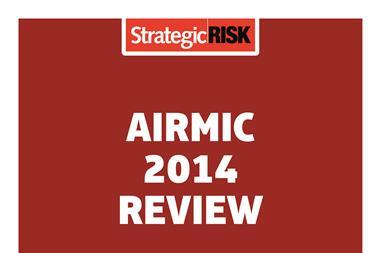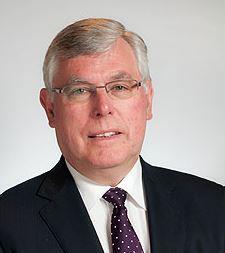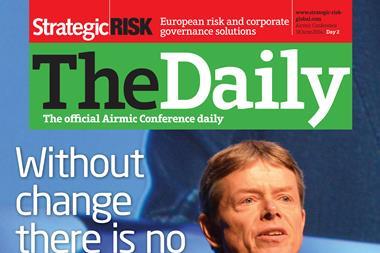John Ludlow, senior vice-president and head of global risk management at InterContinental Hotels Group, has been appointed Airmic’s new junior chair. He shares his views on how and why risk management has changed

How is the risk landscape changing the role of the risk manager?
The developed world has gone from an industrial economy to a service economy and now we’ve moved to what I describe as an experiential economy, where brands are becoming the primary assets for many companies. It follows that the elements of a business with intangible value are therefore increasing, with the value of brands in particular, dependent on their reputation. With reputation influenced from all sides of an organisation, a risk manager can now add significant value in helping a business operate responsibly, thereby championing and protecting reputation, as seen through the eyes of the company’s stakeholders.
How does this change the risk manager’s role?
The economic shift has opened up a third perspective. If you look at early legislation, risk management was about fire safety, health and safety and early efforts of loss and prevention. This was driven by the fact that insurance companies were more concerned about the physical assets that they were insuring, meaning property and people.
Risk management has now evolved to try and reduce volatility and ensure commercial success of businesses, so risk managers would focus on risks that could affect an organisation’s performance. Where we need to go in the future is, not only to manage the physical and commercial risks that would inhibit business success, but broaden again to look at what might harm the common good of a wide range of stakeholders, which underpins an organisation’s reputation.
How can risk managers achieve this?
Risk managers need to work through three paradigms – physical, commercial and emotional – with physical being health and safety and other operational risks, commercial being the success of the organisation primarily from a shareholder perspective, and emotional being how all of the company’s stakeholders feel about the organisation.
The risk manager needs to assess every situation and every event through these three paradigms. They can also look at it in terms of the operational, tactical and strategic success of the company.
According to US-based consultancy firm, Ocean Tomo, a few decades ago 85% of a business’s value was underpinned by physical assets – assets that are mainly an insurable risk – and activity was about protecting those physical assets. The difference today is that intangible assets underpin 85% or more of an organisation’s share price. So, a risk manager seeking to protect intangible assets needs to do increasingly more than buy insurance.
Where does the insurance buyer fit in with this model?
The insurance buyer is a valuable part of the wider team of risk managers. They work at an operational level with the hazard owner (the risk manager responsible for health and safety and other operational risk), they also provide valuable support to commercial risk managers (those responsible for managing risks that could harm business success) to work out how these risks could be insured.
Insurance buyers should now work with the enterprise risk managers, who are working on the strategic risks of the business, including brand and reputation management. The most enlightened insurers are starting to provide products that help risk managers safeguard all business assets, including those that are intangible. So the insurance buyer is not stuck in the operational world, if they do not want to be.




















No comments yet